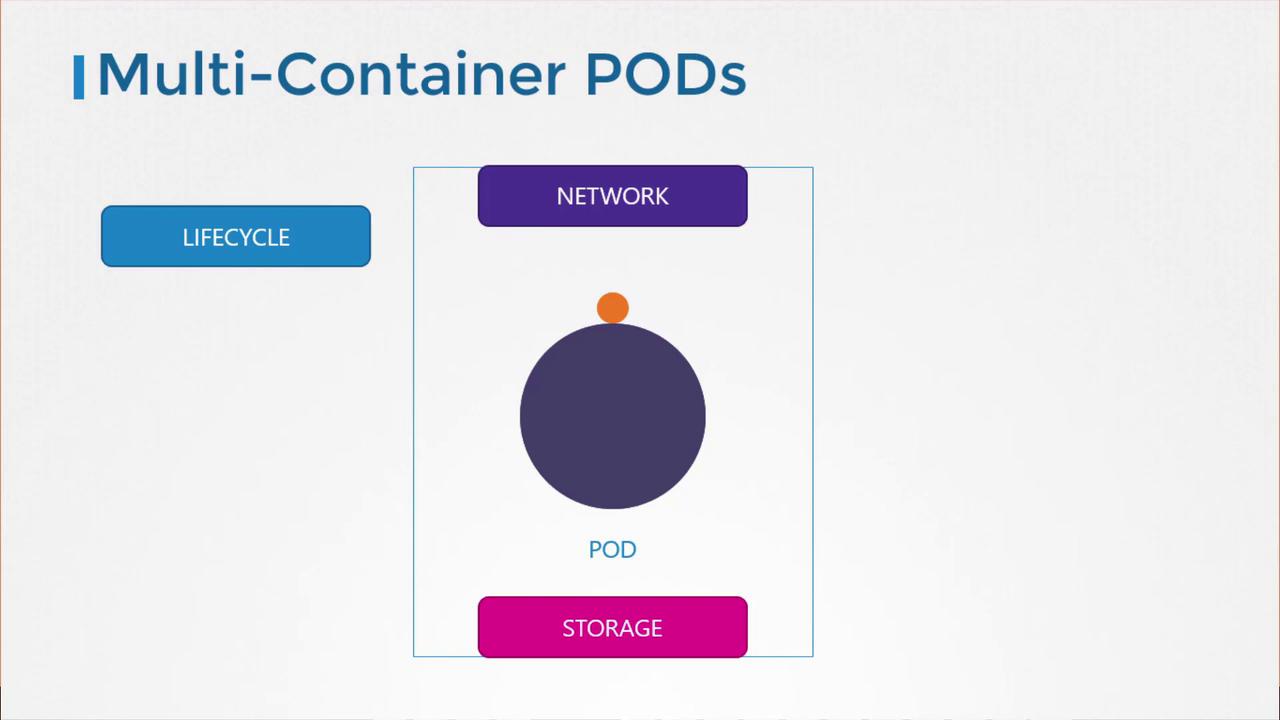CKA Certification Course - Certified Kubernetes Administrator
Application Lifecycle Management
Multi Container Pods
In this article, we explore the concept and benefits of multi-container pods in Kubernetes. By breaking down a monolithic application into smaller, independent microservices, you can deploy, manage, and scale each service individually. However, certain scenarios require two closely linked services to run together. For example, a web server might need to be paired with a dedicated logging agent. In this configuration, each web server instance is automatically associated with its own logging service, allowing both services to scale concurrently while keeping their codebases distinct.
Multi-container pods are designed to group containers that share the same lifecycle. This means they are created and terminated together, share a common network namespace (allowing seamless communication via localhost), and have access to shared storage volumes. This design simplifies configurations by eliminating the complexities of volume sharing and networking between separate pods.

To create a multi-container pod, add the configuration for the new container under the containers array in your pod definition file. For instance, you can incorporate a container named "log-agent" alongside an existing web application container. The following YAML snippet demonstrates how to configure a pod that contains both a web application and its corresponding logging agent:
apiVersion: v1
kind: Pod
metadata:
name: simple-webapp
labels:
name: simple-webapp
spec:
containers:
- name: simple-webapp
image: simple-webapp
ports:
- containerPort: 8080
- name: log-agent
image: log-agent
This configuration ensures that both containers share the same lifecycle, network, and storage resources, allowing them to work together seamlessly.
Note
Remember that the containers field is an array in the pod specification, which enables you to define and manage multiple containers under a single pod.
That concludes our discussion on multi-container pods. Next, proceed to the coding exercises section to practice configuring multi-container pods and reinforce your understanding of the concepts discussed here. Happy coding, and see you in the next article!
Watch Video
Watch video content
Practice Lab
Practice lab